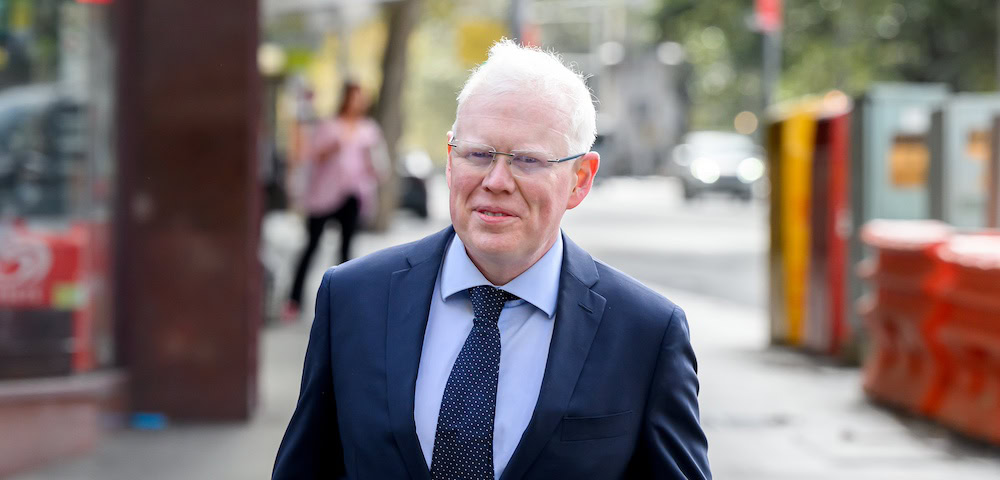
NSW still leads HIV prevention
Ongoing government investment in HIV prevention is key to stopping the rise in new infection rates, HIV researchers have found.
The research, published this week in the CSIRO’s Sexual Health journal, showed there had been a 39 percent increase in the number of new infections in the period between 1999 and 2005.
All states except NSW registered a rise in HIV rates, a figure the researchers put down to ongoing government investment.
Andrew Grulich from the National Centre in Epidemiology and Clinical Research said the fact NSW managed to maintain a stable new infection rate for 10 years made it a unique international case.
The key finding from this was the way that NSW sticks out. It is very different from what is happening in other states and worldwide. Victoria has seen a doubling of new infection rates and there have been 70 percent more new cases in Queensland, he said.
What the papers highlighted was the ongoing need for high level investment. The NSW Health Department has continued to heavily invest in prevention programs and organisations like ACON and it has had an effect. In Victoria there was a drastic reduction of investment over the Kennett years and you are seeing that their figures are 10-fold higher than in NSW.
In response, the Victorian government has allocated $16.6 million dollars in its 2008 budget to be spent on reducing HIV rates over the next four years.
Hopes for lowering the rate of HIV infection worldwide were also boosted yesterday after Melbourne University announced research showing oestrogen could be used topically to block the entry of the HIV virus into the penis.
Dr. Andrew Pask from the Department of Zoology found oestrogen applied to the penis boosted the keratin layer in the skin, which is the skin’s natural barrier to viral infection.









